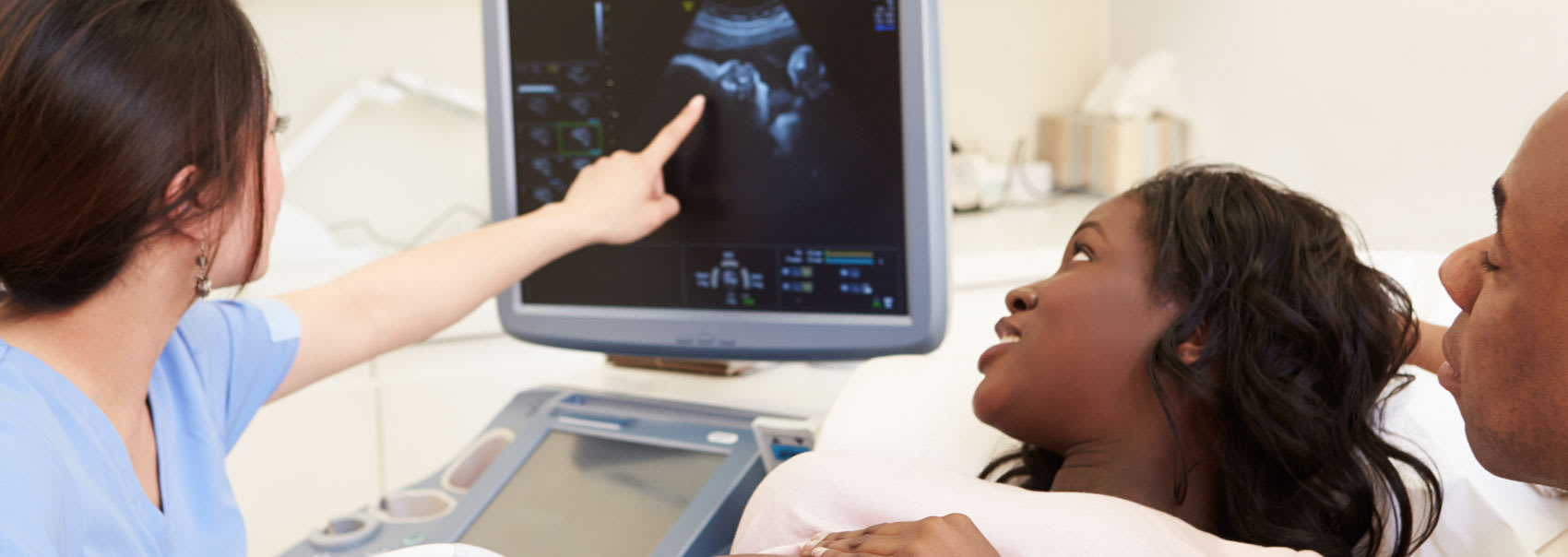With a mammogram, we can identify early signs of breast cancer and potentially give patients and their medical teams more time to explore treatment options.
What is a mammogram?
A mammogram screening can help detect breast cancer in its early stages. This non-invasive digital X-Ray procedure may allow your doctor and medical team time to explore more potential treatment options. It may also improve your prognosis.
You may need to return for further examination and a diagnostic mammogram.
What happens during a mammogram?
During your mammogram, you’ll be asked to stand in front of the mammography unit (a specially designed X-Ray machine) while a technologist uncovers a breast, then places it on a clear plastic plate, which lowers to press the breast between the two plates.
Images of each breast are taken from top to bottom and side to side with a high-resolution camera so the best quality images can be captured.
The procedure takes about 20 minutes and could lead our radiology team to find any abnormalities or masses such as lumps before they could be discovered with a physical examination. The compression may cause slight discomfort.
Note: You may want to reschedule your mammogram screening to the week following your menstrual cycle, if your breasts are swollen or tender due to your cycle.
How does breast cancer appear on a mammogram?
While the background of the image will be black, the breast will appear in whites and greys. Dense tissue including glands and connective tissue appears white. Less dense tissue becomes more common as people age and will show up grey.
Everyone’s breasts are different, so healthy mammograms can vary in appearance. That said, a standard mammogram will typically be mostly grey, with some white areas — this is healthy, dense tissue.
Any area that does not look like normal tissue is a potential cause for concern. A radiologist interprets mammogram results, looking for white, high-density tissue. Lumps or tumors can appear as a focused white, and these tumors may be cancerous or benign. Most tumors discovered in the breasts are non-cancerous.
While small white specks are typically harmless, the radiologist will examine their pattern and shape as they can sometimes indicate cancer.
When and how often should I get a mammogram?
Most women should have this potentially life-saving test each year starting at age 40. Whether you are coming in for the first time or for a routine screening {every year or two years), you may be feeling a range of emotions, from nervousness to uncertainty.
Whatever you may be feeling, our expert team of radiologists and support staff is here to help you navigate the process. We can answer any questions you may have and help you feel safe, comfortable and at ease.
How should I prepare for my appointment?
Please arrive 15 minutes before your appointment to register, and refrain from wearing any scented perfumes, deodorants or powders from your armpit to underneath both breasts.
If you’ve attended previous mammogram appointments, write down the date and location of your most recent study. You may bring a copy of your images to us on the day of your appointment at Premier Imaging to expedite the reporting process. Alternatively, if you are unable to obtain a copy, we can request the images on your behalf.
What if I am pregnant or have a breast implant?
Pregnant people should not undergo a mammogram because this may put the fetus in potential danger. Your obstetrician or gynecologist can order a breast ultrasound if they feel you need a breast screening test during your pregnancy.
Breast tissue can appear more dense than usual if you are breastfeeding, which may make it more difficult for the radiologist to interpret the results.
If you have a breast implant, be sure to tell the radiologist or technologist prior to the procedure as the machine may need to be adjusted to capture the best images. The procedure is still safe for people with breast implants.
How will I feel after the test?
You may notice your breasts feel temporarily tender following your exam. However, you should be able to return to your normal activities immediately after your appointment.
How will I receive results?
Once our radiologist has interpreted the images captured during your exams, your referring doctor will receive the results.
We recommend booking a follow-up appointment with your doctor to review the results and to ensure any questions that you may have are answered.
Sometimes, mammogram results may indicate suspicious findings. In this case, a follow up will be performed to better assess the area of concern. These may be benign (potentially caused by dense breast tissue or cysts). Your doctor will help you navigate next steps depending on the issue.

